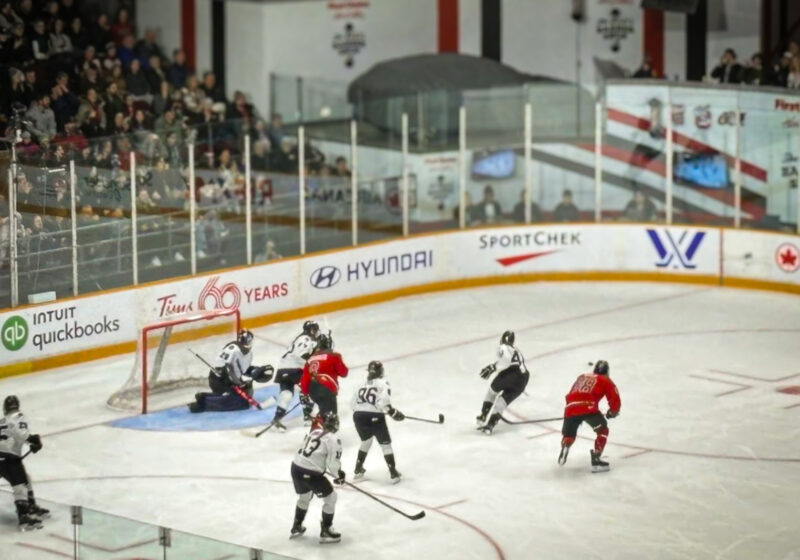Moments before I walk on stage, I feel like a prisoner. My palms are sweaty, my heart is pounding, I’ve chosen the best of the malfunctioning reeds that seem to find me like a magnet to metal prior to concerts, my throat is dry and my hand holds the written music that will become jargon the moment it’s on the stand. I feel outside of the creative experience and instead must deal with the external results.
Whoever thought being an artist was a freeing experience obviously never tried it on for size.
Though the ultimate reason for playing music is the freedom of expression, the confines in music are insurmountable. Some are self-imposed – others are simply realities. Either way, the idea of freedom that is associated with being an artist generates a bit of madness in anyone pursuing it.
The technical facsimile of muscle movement becomes the first obstacle. Our own bodies fight the facility we need to play certain passages, or to even play certain notes on our instruments.
Our hands become too small, our lips need more flesh, our lungs can’t hold enough air to last the phrase – we are imprisoned within our own bodies.
The physiological results of being expressive also affect the end goal. Rising body temperature, the quickening of the pulse and the shortening of breath that results from being emotional creates interference.
Instruments become just that – devices characterized by key clicks or squeaky sounds as our hands run across the fingerboards that lack both sensitivity and passion. Nor do they have the complete range of notes that music needs to be fully realized.
They constantly interrupt the sound, disrupt intonation, fight the performer in the most gentle of moments and end up as one more barrier on the way to musical liberation.
Musical language is limiting. The risks we need to take in the process of creative expression can never be adequately notated. Markings such as “ff” or “pp” can never fully describe the range of loud and soft sonorities our instruments can produce – sometimes they describe sonorities we cannot produce, which creates another conflict altogether.
Score markings are too abstract compared to their meanings and give us a limited map to work with. When will a crescendo ever be correctly notated, and how many different tempos does “allegro” suggest?
Music is a prisoner of performance practice – a prisoner of history. There are standard ways of playing music of certain eras with specific notations, which put limits on the imagination, for many. For example, the trills in Mozart’s music historically start from above, but why must that always be?
Though such restraints exist in music, why do we still play? Is it possible to find a place where creativity can be free? Immanuel Kant supposes that “freedom is the consciousness of necessity.” Maybe the freedom is in the inconsistencies of the creative process.
I just know that when I forget about the reed, the fingers, the notes on the page and how it’s supposed to sound and transcend to another world where expression has no boundaries, I am free. Though that moment might only come once in a lifetime, it is worth the battle.
Reguero can be reached at areguero@campustimes.org.


